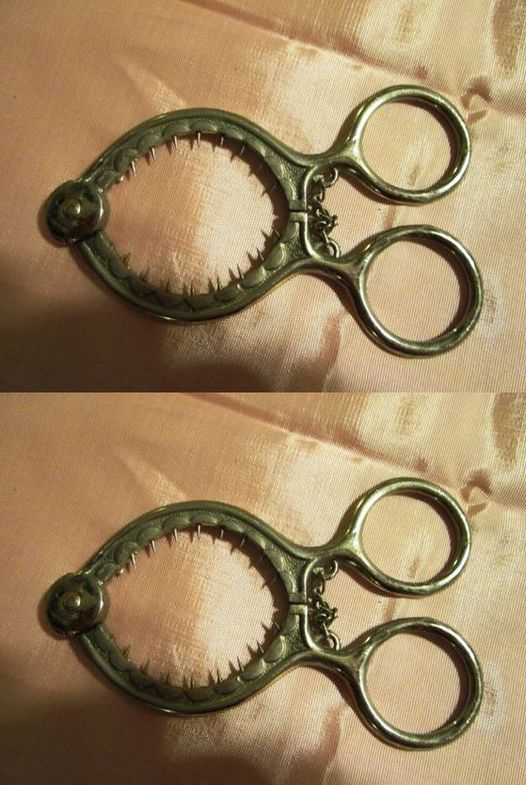Unclogging the Mystery: A Deep Dive into Acne Formation
Acne. That unwelcome visitor that seems to pop up at the most inconvenient times. But have you ever stopped to consider exactly why it appears? Understanding the root cause is the first step towards effective management, and it all begins with a simple clog.
The Hair Follicle: A Prime Target
Our skin is a complex organ, and nestled within it are tiny hair follicles – essentially, miniature tunnels that house hair shafts. These follicles are also the birthplace of acne. Sebum, an oily substance produced by our sebaceous glands, plays a crucial role in keeping our skin moisturized and healthy. However, an overproduction of sebum, combined with other factors, can lead to the very problem we’re discussing.
The Perfect Storm: Sebum, Dead Skin Cells, and Bacteria
Imagine a tiny drainpipe. If that pipe becomes blocked, water can’t flow freely. The same principle applies to hair follicles. An overabundance of sebum, coupled with a buildup of dead skin cells, creates a perfect blockage. This clogged follicle then becomes a breeding ground for Cutibacterium acnes (formerly known as Propionibacterium acnes), a bacterium naturally found on our skin. It’s the interaction of this bacteria with the trapped sebum and dead cells that triggers inflammation and the characteristic pimples, blackheads, and whiteheads associated with acne.
Beyond the Blockage: Contributing Factors
While clogged hair follicles are the fundamental cause, several factors can exacerbate the problem and increase acne susceptibility. Hormonal fluctuations, particularly during puberty, pregnancy, and menstruation, significantly influence sebum production. Similarly, certain medications, genetics, and even diet can contribute to acne development. Stress, while not a direct cause, can worsen existing acne through its effect on hormonal balance.
Taking Control: Managing Acne Effectively
Now that we understand the mechanics of acne formation, we can approach treatment more effectively. A holistic approach that addresses both the immediate blockage and underlying contributing factors is usually most successful. This can involve topical treatments to reduce inflammation and unclog pores, oral medications in more severe cases, and lifestyle changes such as maintaining a healthy diet and managing stress levels. Remember, consulting a dermatologist is crucial for personalized advice and treatment plans. They can help you navigate the complexities of your skin and develop a strategy tailored to your specific needs. Understanding the “why” behind acne is the first step towards clearer, healthier skin.




